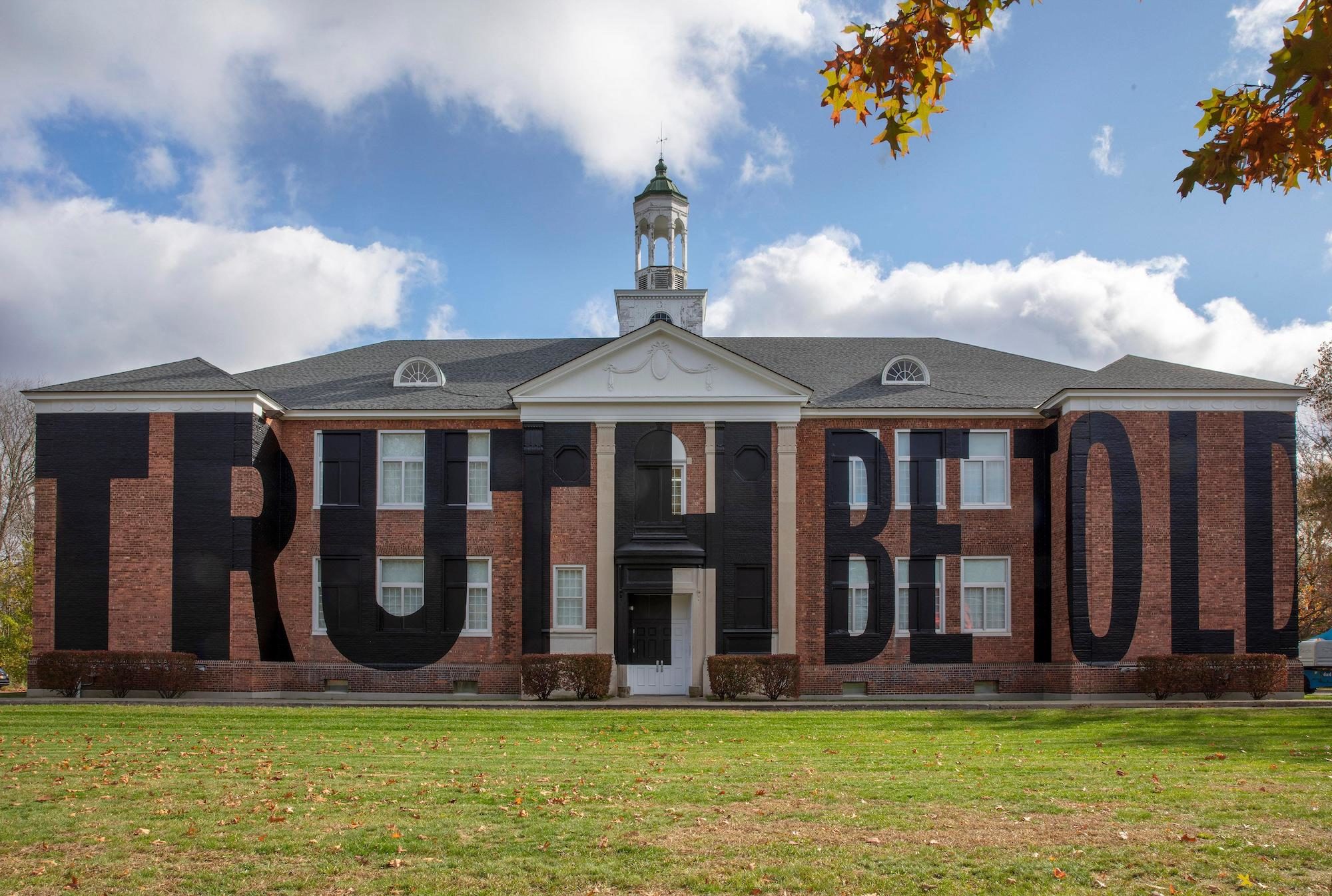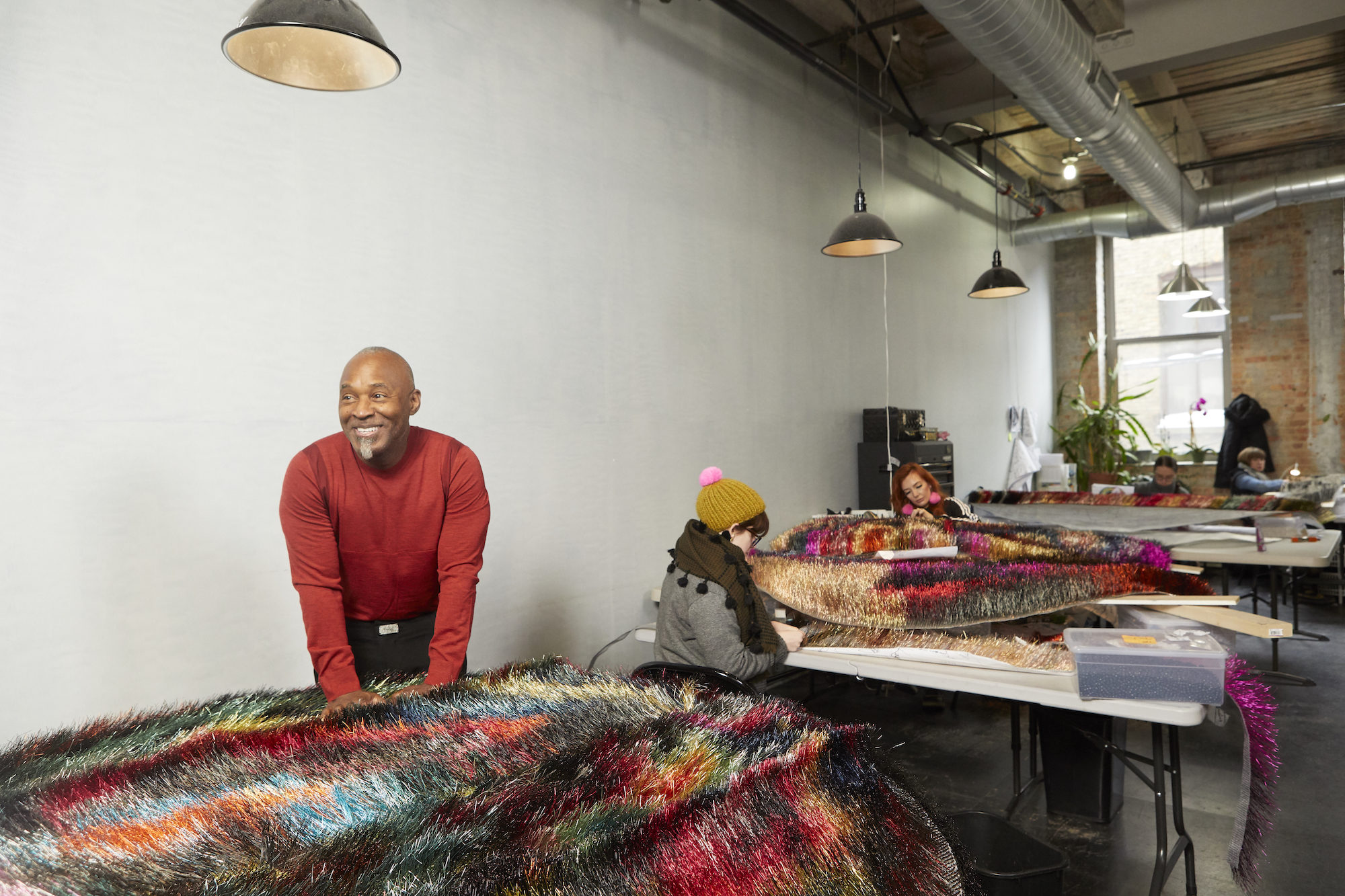Update (Feb. 4, 2021): After a months-long legal controversy, the zoning board of Kinderhook, New York, voted unanimously in favor of Truth Be Told, acknowledging that it qualifies as an artwork and is thus protected under the First Amendment. In May, the work will travel to the Brooklyn Museum, where it will be displayed on the outdoor plaza near the entrance to coincide with an exhibition of contemporary works from the permanent collection. The story below, originally published on Nov. 16, 2020, recounts the controversy in its early stage.
Nick Cave has spent more than three decades addressing issues of race within his work. The 1992 Los Angeles Riots, spurred by the beating of Rodney King by police, galvanized the Chicago-based artist into creating his signature Soundsuits—bright, enveloping costumes made of everyday objects that obscure the wearer’s gender, race, and class. “George Floyd was another tipping point for me,” Cave tells the New York Times. “It made me question my own practice. Is my work purposeful enough? Why does this keep happening? How can I do more? I’ve been working against this problem and for this issue my entire career and am more committed to it than ever. We need to be talking about it.”
His latest work, on display at Jack Shainman Gallery’s offshoot in Kinderhook, New York, aims to do exactly that. Called Truth Be Told and part of the gallery’s “States of Being” social justice initiative, the installation features its eponymous phrase displayed across the facade of The School, the 1929 red brick building that houses the gallery, in 25-foot-tall black vinyl letters that stretch nearly 160 feet long. Cave intended Truth Be Told to start conversations about systemic racism and police brutality in the wake of George Floyd’s murder, which sparked a wave of racial justice protests over the summer. “The statement is a pointed antidote to a presidency known for propaganda that disguises truth and history to present racist and nativist ideology as patriotism,” reads a description of the artwork on Jack Shainman’s website. “It’s also open-ended, intended to spark questions surrounding personal interpretations of truth and integrity.”


